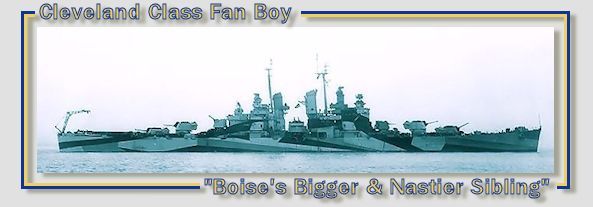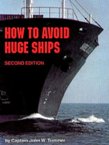Bullwinkle58
Posts: 11302
Joined: 2/24/2009
Status: offline

|
quote:
ORIGINAL: Sangeli
Let's go back to crsutton's original post:
quote:
ORIGINAL: crsutton
I am beginning to think that one of the flaws of stacking limits is that the Japanese can mass tanks in China (any other places early in the war) and pretty much blow through any stack of defending infantry.
So we agree the issue is supply and not stacking limits?
I'm late to the party due to a moose needing sleep, but yeah, I agree with crsutton here pretty much. It's not stacking limits. In a pragmatic sense what matters in China is supply, then supply, and finally, supply.
I haven't played with SL, but I've read volumes of AARs where they are in use. I understand they are intended to try to "fix" the telephone pole problem, but they really don't, at least in continental warfare.
The original design had SLs on islands, where they are key to the overall design. Without them the Allies have no chance to advance across the Pacific in any sort of historical manner. The 6000/30,000 breaks make atoll warfare possible and interesting.
The SL changes also IMO help on the medium and larger islands such as the PI and Borneo where supply routes are shorter and more self-contained, and terrain is often more uniform. The limited maneuver area makes LCU mix decisions matter more. But you still essentially move from a telephone pole to a fence pole. What SL takes away it takes away with both hands. The battles are smaller, but the ratios between the sides are the same. SLs also make the supply problems easier to handle though, which favors Japan. In absolute numbers less supply has to be sealifted to the larger islands and the Allies can't use their overwhelming advantages in shipping and supply generation as well as in stock.
In Asian continental warfare, where the game engine has always been weakest, I think SLs don't help and add a huge amount of complexity and clicking. More maneuver, swapping units in and out of defensive lines, etc. when the basic truth as above still exists--SLs remove capability from both sides at the same time in the same ratio. You end up working harder, but you end up in the same place in, say, China, over time. You work harder because SLs force, still because of the supply variable, much more swapping in and out, which in the engine is a lot of clicking and squinting. It looks like you're stretching out the inevitable, but you really aren't since the supply issue is consistent. It looks like you're making the campaign longer in part because many Japan players don't use their tanks as crsutton describes. But if they do the Chinese, SL or no-SL, are going to be a weak infantry balloon with no AT capability. They're going to break, rout, and take immense casualties with or without SLs.
Which is why in both of my PBEMs I've just cut out the middle-man in China. Run away, either out of the country or to Chungking. Cut out thousands of clicks. It's where you're going to end up anyway against a good player like Lokasenna. In our game it's February 1943, I have Chungking, it has Level 6 forts after about ten attacks, and half the Japanese army has been tied down there for a year. And my mouse finger is thankful.
< Message edited by Bullwinkle58 -- 12/2/2014 12:59:26 PM >
_____________________________
The Moose
|
 Printable Version
Printable Version






















 ...ouch
...ouch  New Messages
New Messages No New Messages
No New Messages Hot Topic w/ New Messages
Hot Topic w/ New Messages Hot Topic w/o New Messages
Hot Topic w/o New Messages Locked w/ New Messages
Locked w/ New Messages Locked w/o New Messages
Locked w/o New Messages Post New Thread
Post New Thread